Cadbury - the ‘glass and a half' company
From a grocery shop, to a factory, to the Cadbury we know today. This is the story of a father and two sons, and how their generosity inspired generations to come. They poured a ‘glass and a half’ into their Dairy Milk - and into their workers and communities, too. At Cadbury, people always have been, and will be, at the heart of everything we do.
Bull Street, where it all began
In 1824, John Cadbury opened a grocer's shop in Bull Street, Birmingham. Amongst groceries, he sold cocoa and drinking chocolate - which he prepared himself using a mortar and pestle. And it became very popular.
So, in 1831, John bought a warehouse nearby and started manufacturing, with help from his sons George and Richard Cadbury. Soon after, in 1847, they moved to a larger factory in Bridge Street.
After becoming unwell, John retired from the business in 1861 and Richard and George took over - George in charge of production and Richard, sales. Business was tough, and George was heard saying, “If the business ever makes a profit of a thousand pounds a year, I’d retire a happy man”.
The turning point came when the brothers invested in a brand new way to process cocoa…
Cadbury begins making 100% pure cocoa
Cocoa, at that time, was made with lots of cocoa butter. The butter had such a horrible taste that starches were added, to disguise its taste and texture.
Then George Cadbury heard about an innovative cocoa press being used by Dutch manufacturer van Houten. The press squeezed out so much cocoa butter from the beans, they didn’t need to add any starches.
By using the cocoa press, George and Richard found they were able to make their cocoa 100% pure. It’s hard to believe, but other chocolate makers were bulking out their cocoa with animal fat, red lead and brick dust.
Instead, the brothers concentrated on making totally unadulterated cocoa, and in 1866, they launched Cadbury Cocoa Essence, advertised as ’Absolutely Pure, Therefore Best’.
George has a vision for a new kind of factory,
and Bournville is born
In 1878 the brothers started looking for a site to build a new factory. Not just any old site - George had other ideas. “Why should an industrial area be squalid and depressing?”
They found it, just south of Birmingham - 14.5 acres, with a meadow, cottage and a stream called the Bourn. By adding ‘ville’ (French for ‘town’), they named the site Bournville.
Bournville had good transport links, and room to expand. George wanted to build a place full of green spaces, where Cadbury workers could leave the crowded, dirty city behind and enjoy a better quality of life.
He began to draw up plans for the factory with Birmingham architect George H. Gadd. In January 1879 building began on the factory, along with the first 16 houses for employees. There was more to come…
The growth of Bournville,'the factory in a garden'
As George Cadbury said, 'If the country is a good place to live in, why not to work in?’ And so, Bournville became a place where employees could live, work and play.
Children enjoyed a new playground, country outings and summer camps. Whilst the men played football, hockey and cricket. In 1902, 30% of Cadbury’s capital expenditure was spent on workers’ welfare. Tennis and squash courts were built, along with a bowling green and swimming pools with heated changing rooms.
Workers’ facilities like these were unheard of in Victorian times - as were holidays. Cadbury became one of the first firms to introduce a Saturday half-day off work. “People told us it would mean ruin,” said George. “I do not think any men could have been happier".
Cadbury plays its part for British society
Cadbury was quick to support the war effort however possible, so the Bournville factory was put to use for the greater good of the country.
During the First World War, the firm's milk supply was diverted to the people of Birmingham, factories were used to make dried veg and fruit pulp, and buildings were turned into hospitals. When World War II broke out, the Bournville factory turned to making gun doors for Spitfires, cases for aeroplane flares, aircraft parts, gas masks and jerrycans.
In 1935, the Cadbury family founded the Cadbury Foundation, as a tribute to the brothers and to carry on their work. The foundation is still inspired by them today, supporting colleagues and the community. Volunteering, funding, helping local schools, charities, people and businesses. Just as it ever was, it’s important to everyone at Cadbury to play their part.
The Post-War Years
Post-war Britain saw a big change in how we shopped. Free from wartime rationing, people could now choose what to eat, when and where they wanted. As a result, there was a surge in demand for on-the-go food with chocolate being no exception.
It also saw the birth of TV advertising in Britain. Cadbury Drinking Chocolate was one of 24 ads shown during ITV's first ever night of TV ads in 1955. Finger Of Fudge Is Just Enough and Milk Tray Man are two Cadbury ads from this period that became long-running fan favourites.
To keep up with demand we launched a new range of smaller, on-the-go chocolate bars in the 70s and 80s, including Double Decker, Star Bar, and Wispa. Bright packaging gave each bar a unique look, and for a fresh feel we introduced innovative chocolatey design elements such as Curly Wurly’s swirly ladder.
Cadbury’s Growth
Since 1824, Cadbury had gone from a Birmingham-based chocolate shop to a national favourite. In this time, the Cadbury family has partnered with other family-run companies like Fry and Sons and Trebor Bassett to provide the best value for money, from corner shops to supermarket aisles.
Another exciting opportunity came along in 2010, when we found a new home alongside the Kraft Foods family. Kraft created a new division in 2012, called ‘Mondelez International’ which we are still proud to be a part of today.
We've come a long way in 200 years but one thing that will never change is the generous spirit we bring to everything we do.
Discover more from Cadbury
Cadbury Timeline
Take a look back at where Cadbury began, and the key points in history that shaped the Cadbury we know today.
Looking for product information?
Visit our product information page for all our ingredient, nutritional and dietary details.
@CadburyUK Stories
We love it when you share a Cadbury moment! Follow us on Instagram to share your Cadbury stories and see what we’re up to!
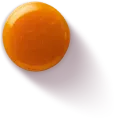
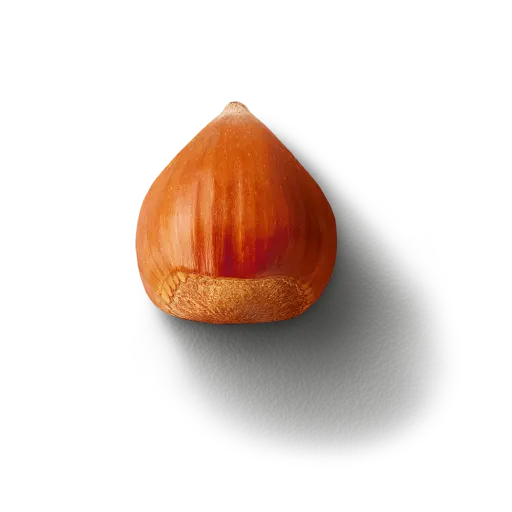
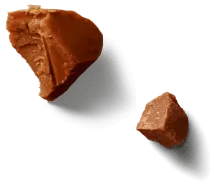
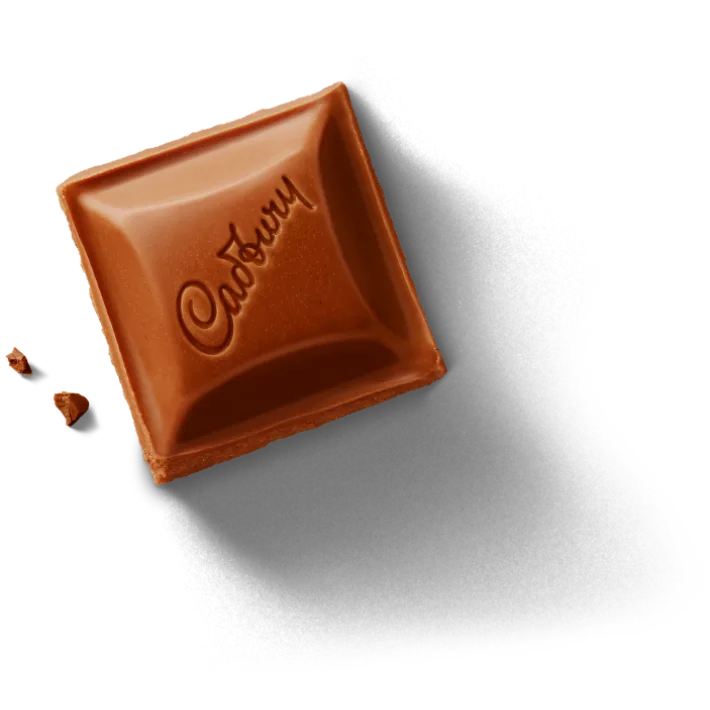
Treat
your inbox
Want to know about all the latest goodies from Cadbury? Sign up and you'll be the first to hear about exclusive offers, new delicious chocolate treats, gifts and more.




